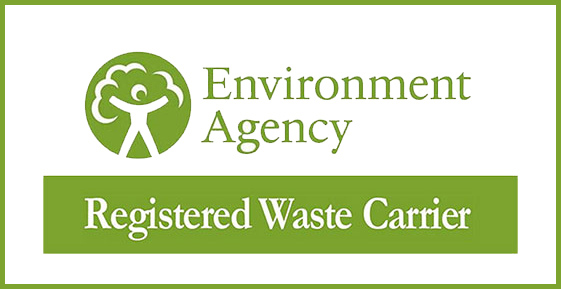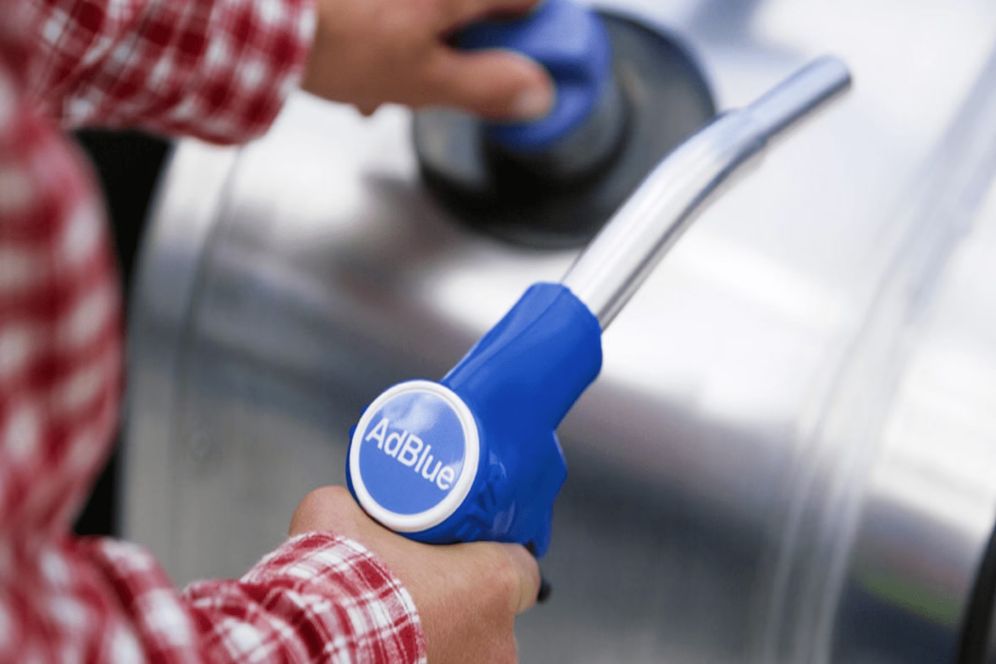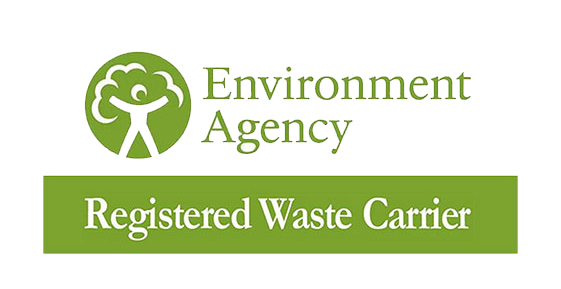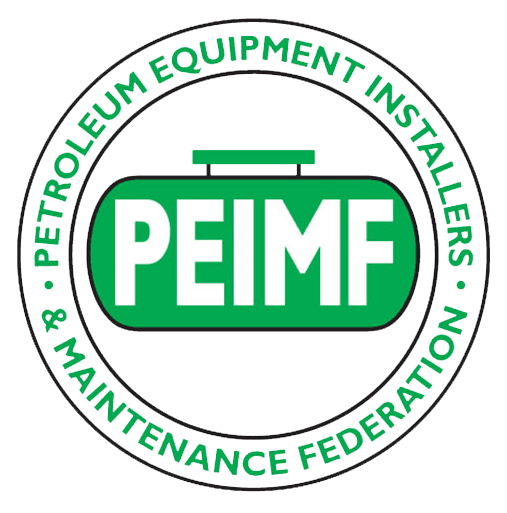What Should Be Included in an AdBlue Risk Assessment?
When evaluating AdBlue hazards, it is crucial to identify any risks related to storage and handling. Consider aspects like temperature changes (such as the need to keep AdBlue at a stable temperature between 10°C and 30°C), exposure to sunlight, and potential contamination from other substances, which can degrade the solution’s quality.
Next, evaluate the risks of spills or leaks during transport or use, noting that AdBlue is corrosive to certain materials and should be handled carefully. Document the containment and cleanup steps, including using absorbent materials specifically designed for chemical spills, ensuring proper PPE (personal protective equipment) like gloves and goggles are worn, and following local environmental regulations for disposal. This thorough approach will improve safety throughout the AdBlue process, minimising risks to personnel and the environment.
Tips for Proper Disposal of Expired AdBlue
Check Expiration Date: Before throwing away AdBlue, check the expiration date on the package. It usually lasts about 12 months from the date it was made.
Use in the Vehicle: Even after expiration, AdBlue remains effective. It helps reduce harmful emissions in diesel engines and can be added to your tank for peak performance.
Avoid Drains: Don’t pour expired AdBlue down drains or sewers; it can harm aquatic life and pollute water sources.
Contact Waste Management: If you have a lot of expired AdBlue, contact a waste management company for proper disposal. They will assist you in disposing of it safely.
Recycle at Collection Points: Some companies offer recycling for expired AdBlue. Look online for collection points near you or ask your local council about hazardous waste disposal.
Follow Local Regulations: To protect the environment, adhere to local rules for disposing of hazardous materials like expired AdBlue.
Do Not Mix Substances: When disposing of expired AdBlue, keep it separate from other substances to avoid dangerous reactions. It is essential to handle this carefully and keep it separate from other waste for everyone’s safety.
Store Securely: To avoid spills or leaks that could harm the environment, keep small amounts of expired AdBlue in a sealed container until you can dispose of it properly.
Dispose of Packaging: Properly dispose of the expired AdBlue packaging. Look for recycling symbols and follow local disposal guidelines.
Handling AdBlue with the utmost care and responsibility is imperative and this can only be made possible by strictly adhering to all safety precautions and disposal regulations. This diligence helps safeguard the environment and guarantees the safe disposal of the expired product.
How to Store AdBlue Safely and Maintain its Shelf Life?
· Choose the Correct Container
To store AdBlue safely, it is essential to use a container specifically designed for this purpose. AdBlue can react with certain metals and plastics, so choosing a high-density polyethylene (HDPE) or stainless steel container is recommended. These materials are compatible with AdBlue and will not cause adverse reactions.
· Keep the Temperature Stable
AdBlue’s freezing point is -11°C (12°F); therefore, it must be stored in environments where temperatures are consistently maintained above this threshold to prevent freezing. If AdBlue freezes, the fluid can expand, potentially damaging the container. To ensure optimal performance, it is also advisable not to expose AdBlue to extreme heat (exceeding 30°C/86°F), as such conditions can degrade the urea solution and compromise its effectiveness in reducing emissions from diesel engines. Proper handling and optimum storage conditions are crucial for maintaining the fluid’s integrity.
· Protect from UV Light
Keeping AdBlue away from direct sunlight or other UV light is important because these can make it break down faster. So, storing AdBlue in a dark or non-transparent container is ideal to protect it from sunlight.
· Store in a Properly Ventilated Area
AdBlue releases ammonia gas when it comes into contact with air, which can be harmful if inhaled in large amounts. To prevent gas buildup, use appropriate storage containers and keep the storage area properly ventilated.
· Safety Guidelines for Handling AdBlue
Check the storage conditions regularly for signs of ammonia. Implement safety measures, such as masks and proper ventilation, to protect anyone near the gas. Always follow the manufacturer’s guidelines for handling and storing AdBlue to reduce risks and ensure everyone’s safety.
The Risks of Storing AdBlue Incorrectly
Storing AdBlue incorrectly can lead to contamination. If exposed to sunlight or extreme temperatures, its quality can decrease, making it less effective for your vehicle’s emissions system.
Additionally, keeping it in poor conditions for too long can cause crystallisation. This will reduce the fluid’s effectiveness and could damage the injection system, leading to costly repairs and longer vehicle downtime.
Avoiding AdBlue Disposal Problems in the Future
To avoid problems with AdBlue disposal later, keep an eye on your stock levels. Use the first-in, first-out method to ensure older products are used before they expire.
Stay updated on local rules regarding chemical disposal. Knowing the regulations will help you take the right steps to dispose of expired AdBlue safely when the time comes.
Conclusion
When disposing of expired AdBlue, safety and environmental responsibility should be your top priorities. Understanding its composition and recognising signs of expiration are essential, as is adhering to proper recycling guidelines for responsible disposal. Additionally, implementing effective storage practices can help prevent future complications. Following these tips and strategies makes managing AdBlue safe, simple, and efficient. Always prioritise safety to protect yourself and the environment while handling this crucial fluid.















